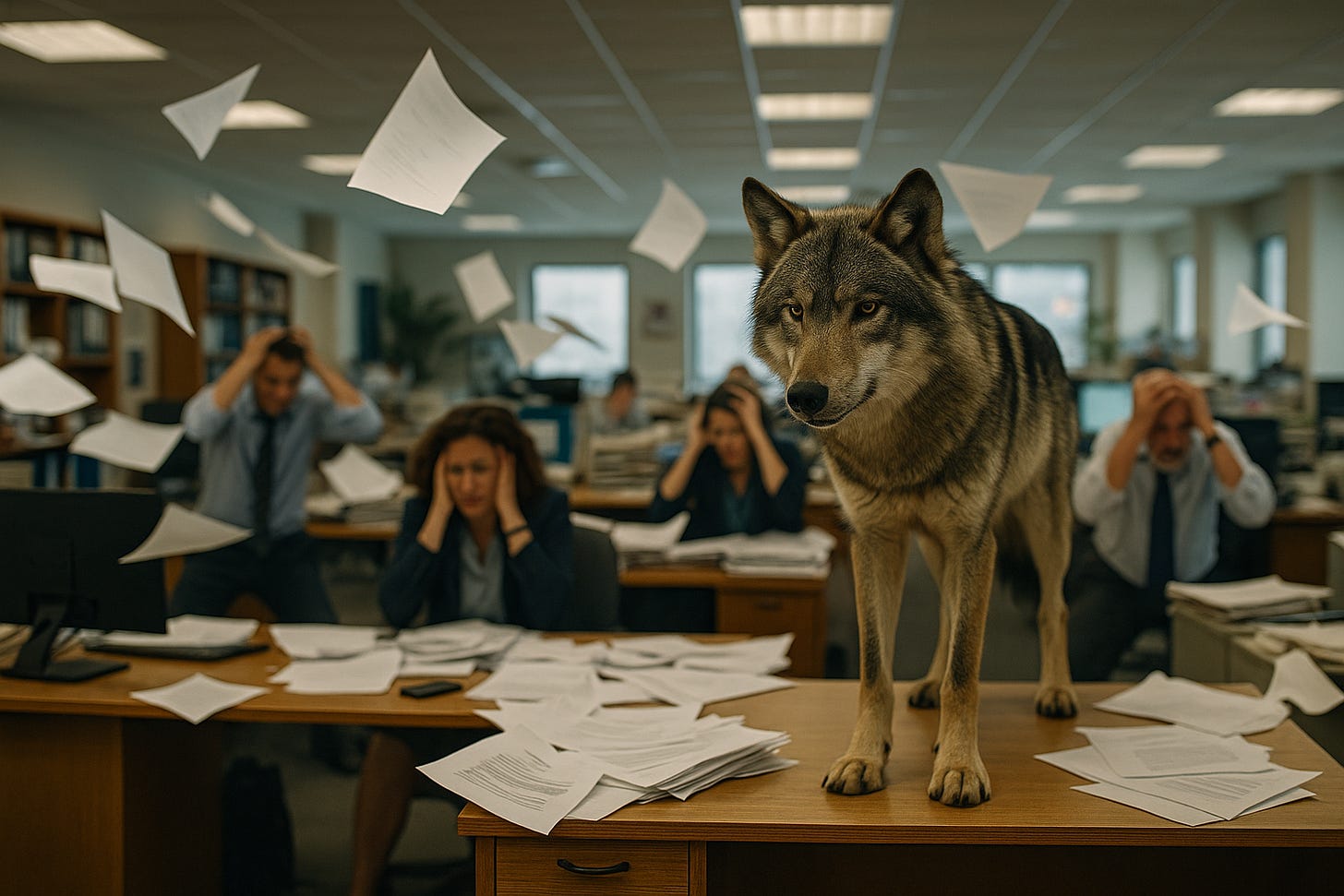The Collaborative Fix: How to Engage Others in Untangling Complex Issues
The Art of the Fix Series
The Limits of the Lone Fixer
We all know the type. The lone fixer. Smart. Fast. Hyper-competent. The kind of person who can walk into chaos and start sketching a solution on the back of a napkin before the coffee cools.
And if we’re being honest? That’s been us, too.
There’s a certain rush that comes with swooping in and solving the unsolvable. The email t…




